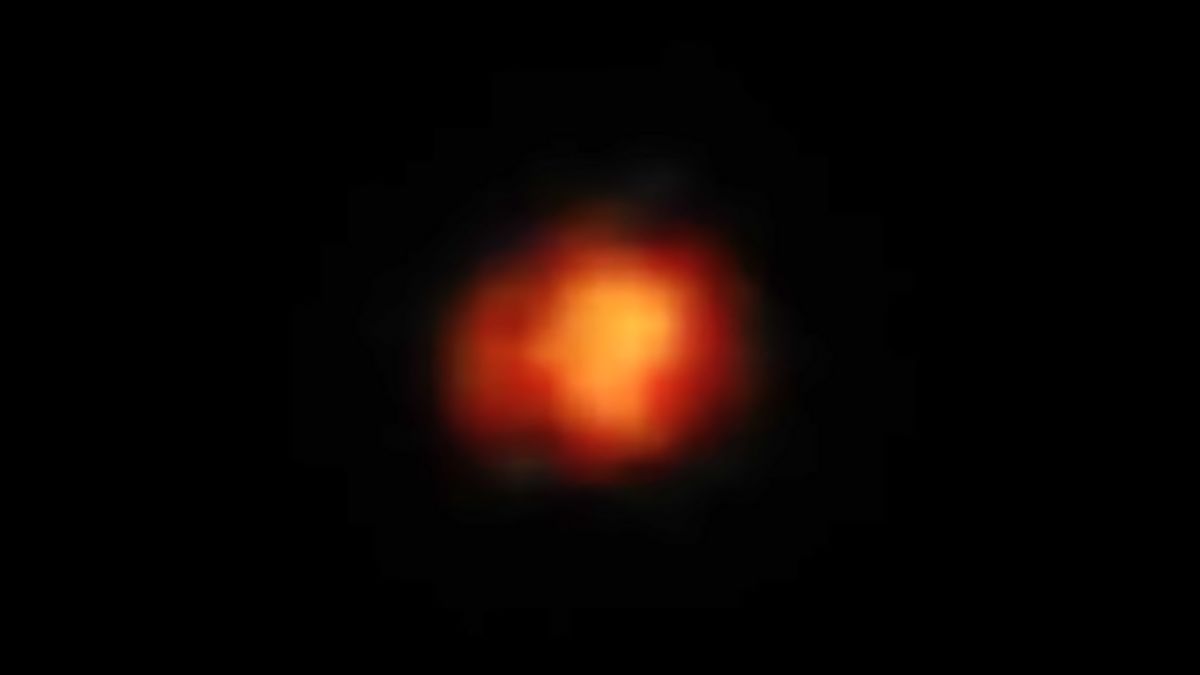JAKARTA - The James Webb Space Telescope once again shows its capabilities, this time it discovered the oldest or earliest known galaxy.
The galaxy is called Maisie, which dates back 390 million years after the Big Bang and was detected in June 2022. Although this stellar system is not expected, it is still one of the oldest in the record.
Maisie is only 70 million years younger than JADES-GS-z13-0, which is thought to be the oldest system today. The galaxy was first discovered by astronomer Steven Finkelstein of the University of Texas at Austin via the Webb Telescope.
"The interesting thing about the Maisie galaxy is that it was one of the first distant galaxies identified by the Webb Telescope, and from that ensemble, it was the first to be completely spectroscopically confirmed," Finkelstein said in his official statement, quoted Friday, August 18.
He named the galaxy after his daughter when it was discovered on his birthday. Confirmation of spectroscopy comes thanks to the Near InfraRed Spectrograph (NIRSpec) of the Webb Telescope conducted by the Cosmic Evolution Early Release Science Survey (CEERS).
The NIRSpec divides the object's light into many different narrow frequencies so that it is more accurate to identify its chemical array, heat output, intrinsic brightness, and relative movement.
According to this latest spectroscopy analysis published in the journal Nature, the Maisie galaxy is at a redshift of z=11.4. The study also looked at CEERS-93316, a galaxy originally discovered in CEERS data and is expected to appear 250 million years after the Big Bang.
اقرأ أيضا:
In further analysis, the researchers later found that CEERS-93316 had a lower redshift of z=4.9, which was equivalent to about 1 billion years after the Big Bang.
It turns out that the hot gas in CEERS-93316 emits so much light in some narrow frequency bands associated with oxygen and hydrogen that make the galaxy look much bluer than it really is.
This is a strange case. Of the dozens of high redshift candidates that have been spectroscopically observed, this is the only true redshift example that is much smaller than our initial estimate," Finkelstein said.
"This galaxy does not only appear to be blue unnaturally, but is also much brighter than our current model prediction for galaxies formed at the beginning of the universe," he added.
For information, CEERS researchers are currently evaluating about 10 other galaxies that may have originated in an era even earlier than Maisie.
The English, Chinese, Japanese, Arabic, and French versions are automatically generated by the AI. So there may still be inaccuracies in translating, please always see Indonesian as our main language. (system supported by DigitalSiber.id)













